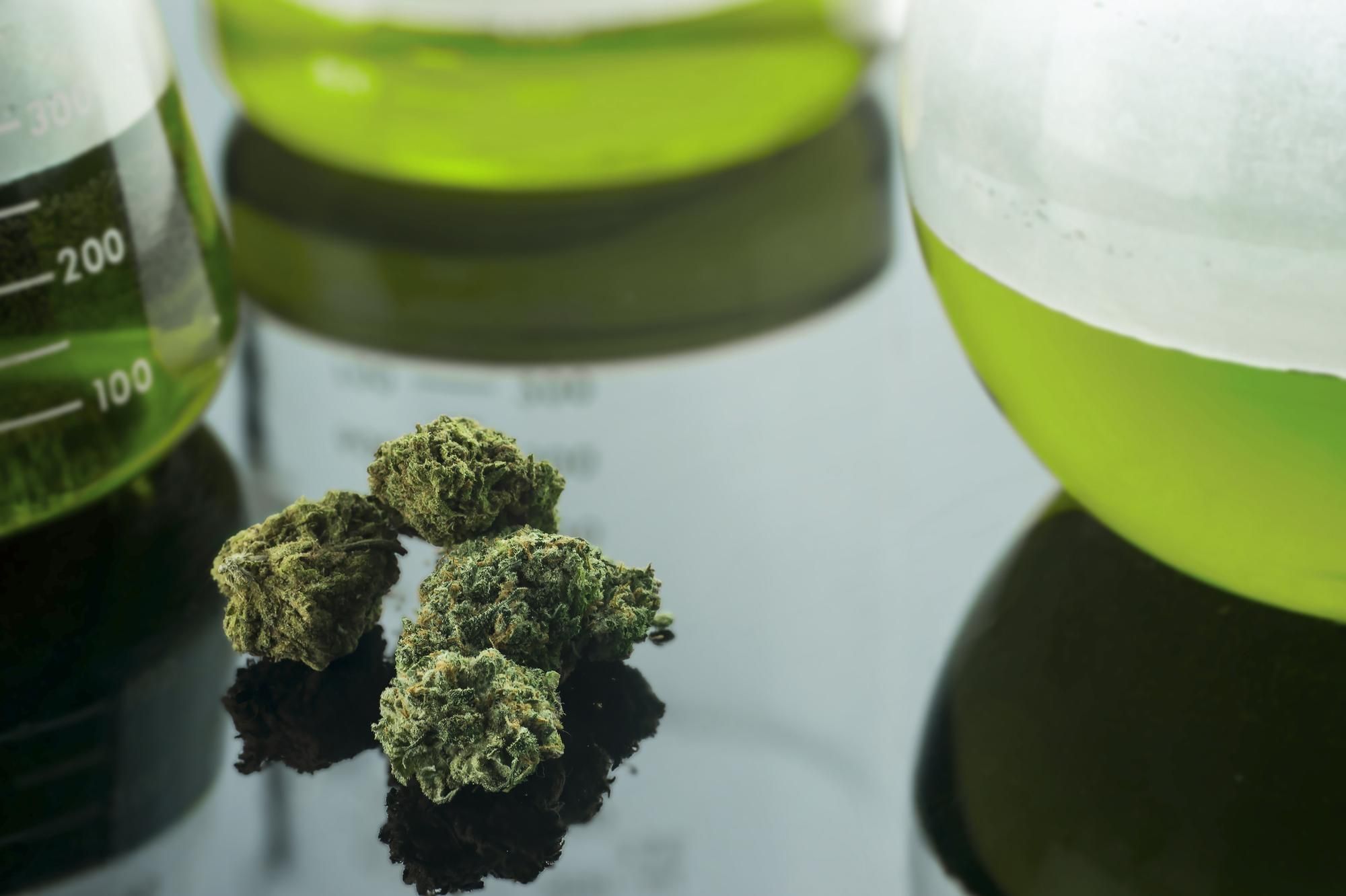Can growers influence—or even genetically adjust—a strain’s cannabinoid profile? Yes—but with different levers and limits. At the heritable core are the cannabinoid-synthase genes (THCAS, CBDAS, and others) that channel precursor cannabigerolic acid (CBGA) toward THCA, CBDA, or minor cannabinoids. Classic genetic work and modern genomics show that the THC:CBD ratio behaves largely as a Mendelian trait governed by alternative or co-dominant alleles at the synthase locus, while total cannabinoid yield is polygenic and also shaped by environment. In short: ratio is mostly genetics; magnitude is genetics plus cultivation.
High-quality genome assemblies now reveal extensive copy-number variation and regulatory differences around synthase genes. Breeders can introgress hemp-type CBDAS haplotypes into drug-type backgrounds to elevate CBD without sacrificing vigor, and they can select for (or against) duplicated synthase copies that correlate with specific chemotypes. That’s why today’s catalogs include stable high-CBD, balanced 1:1, and ultra-THC lines created through targeted crossing and selection.
Beyond inheritance, growers can nudge total cannabinoid output with environment and agronomy. Light intensity and spectrum, for example, consistently influence floral biomass and cannabinoid accumulation, while fertility regimes and stress management fine-tune outcomes. Recent controlled studies and agronomic syntheses underscore that dialing photosynthetic light can boost both yield and cannabinoid concentration, whereas nutrition tweaks tend to have smaller but measurable effects when deficiencies are avoided. The practical takeaway: genetics set the ceiling; grow settings determine how close you get.
On the cutting edge, biotechnology expands the toolkit. Reviews of cannabinoid biosynthesis and plant improvement outline how gene editing, transient expression, haploid/doubled-haploid pipelines, and even heterologous microbial production could reshape cannabinoid profiles with precision—either by modulating synthase activity, altering precursor flux, or stabilizing elite genotypes faster. While regulatory and technical hurdles remain, proof-of-concept work suggests targeted edits could one day lock in bespoke chemotypes or enhance minor cannabinoids at scale.
Why pursue these adjustments? First, compliance: jurisdictions cap Δ9-THC in hemp; breeding CBD-dominant chemotypes with predictable low THC avoids crop destruction. Second, medical and consumer demand: consistent high-CBD, balanced 1:1, or rare-minor-cannabinoid profiles support differentiated products and clinical research. Third, efficiency: higher cannabinoid per square foot lowers cost of goods and environmental footprint, particularly when paired with agronomy that raises yield without excessive inputs. Finally, IP and branding: stable, unique chemotypes underpin defensible cultivars and product lines.
Bottom line: growers and breeders can strongly influence cannabinoid profiles. Traditional selection fixes ratios via synthase alleles; cultivation maximizes expression; and emerging biotech promises finer control. The most reliable path today remains genetics-first breeding validated by lab analytics, then environmental optimization to realize the genotype’s potential.
Learn More: The Science and Skill Behind Perfecting Cannabis Terpene Profiles

